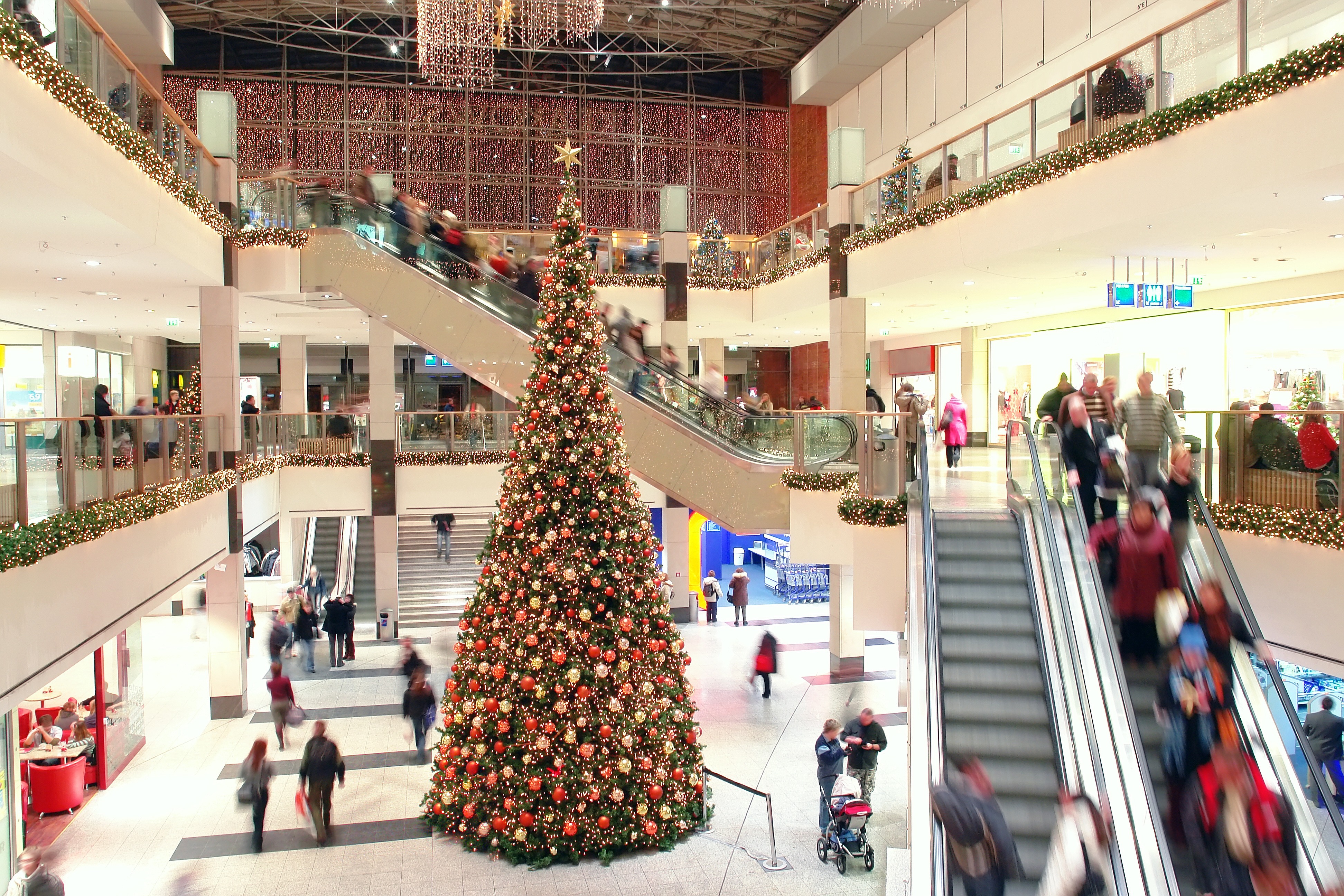I’ve been in shock for a few weeks as I am working with a Chair to put two millennials onto his board. One of the candidates, aged in his late 20s, told me that he does not shop at a supermarket but rather buys his groceries from Amazon. He also uses Deliveroo at least five times a week and does not own a washing machine, preferring instead to use the ‘Uber of laundry’, Laundrapp. He does, however, have a passion for clothes and homewares, and for those items he would prefer to browse exciting stores where there is retail theatre and much to see and experience.
The changing shopping preferences of consumers is particularly relevant at this time of year, when retailers are competing fiercely for their share of Christmas spending. Whether a large chain or an independent store, bricks-and-mortar retail still has a central role to play, but the world is changing so quickly that flexibility and innovation will be more important than ever this festive season.
We take for granted that ecommerce is becoming more and more important every year, and changing the way we shop. Figures from last month’s Black Friday sales extravaganza show that while total spending was up by 8% on 2016 in the UK, most of this growth was driven by online trading as fewer shoppers ventured onto the high street. (I, like I am sure many others did, got duped on Black Friday with an email offer of a coat marked down from £900 to £39.99 including postage, which never arrived while the money was taken from my credit card).
“Bricks-and-mortar retail still has a central role to play, but the world is changing so quickly that flexibility and innovation will be more important than ever this festive season”
But while ecommerce booms, the picture is far more complicated than simply stating that physical retail is in terminal decline. Indeed one of the big winners from Black Friday was John Lewis, a traditional department store chain that puts its shops at the heart of a multichannel retail strategy.
Online sales were at the forefront, of course, as John Lewis reported its busiest ever single hour of website sales, but without its stores the brand wouldn’t have its phenomenal reputation for quality and customer service. It now uses its physical stores as a vital showcase and support for its online business, particularly through its hugely popular click-and-collect service.
There has certainly been no shortage of news stories recently demonstrating that the demand for bricks-and-mortar retail centres remains incredibly high. Just this week commercial real estate company Unibail-Rodamco acquired Australia’s Westfield – operator of shopping centres at Stratford and White City in London among others around the world – for $16bn. This came just a week after British developer Hammerson acquired Intu (owner of the Trafford Centre among other UK centres) for £3.4bn.
These deals are testament to the work of companies such as Westfield and Intu in reinventing the retail space in order to attract a new generation of consumers. In an age when people can buy products at the touch of their smartphone, bricks-and-mortar retailers need to offer something more than just a transactional relationship.
Stores today must offer rich, immersive experiences and the shopping centres that house them must provide fast, efficient Wi-Fi, dining and entertainment options and all the other trappings that modern consumers expect.
The big supermarket chains understand this, and are starting to think outside the box too. One partnership that caught my eye was the recently announced tie-up between Sainsbury’s and Zizzi which will see the retailer trial a pizza takeaway counter in its Balham store. Of course the long-term aim will be to bring this service to other Sainsbury’s stores, helping to build its presence in the UK’s fast-growing food delivery market.
“In an age when people can buy products at the touch of their smartphone, bricks-and-mortar retailers need to offer something more than just a transactional relationship”
The giants of Tesco and Next meanwhile, have joined forces to explore the possible benefits of collaboration. The two companies have agreed a ‘shop-in-shop’ partnership whereby Next has taken a space of around 4,300 sq ft in Tesco’s Surrey Quays Extra store in London as part of a one-off trial.
The move comes as supermarket operators continue to look for new ways to utilise space in their largest shops. Regardless of how these partnerships play out, it is encouraging to see traditional retailers experimenting with new formats as they look to remain relevant to today’s consumers.
Besides these home-grown examples, there is also plenty of evidence that international brands continue to see the UK as a country with strong expansion opportunities. Indeed as I wrote earlier this year, the launch of Polish retailer Reserved on London’s Oxford Street in September was just the latest sign that overseas brands are still hugely attracted to the potential of the UK’s high streets.
Typo, the lifestyle retailer owned by Australian retail group Cotton On, and US furniture retailer Sonder Living are just some of the other imports to have launched retail sites in the UK this year.
My wish as always at this time of the year is that we make an effort to support the stores on our local high street. After all, as Joni Mitchell sings, “You don’t know what you’ve got ‘til it’s gone”.










